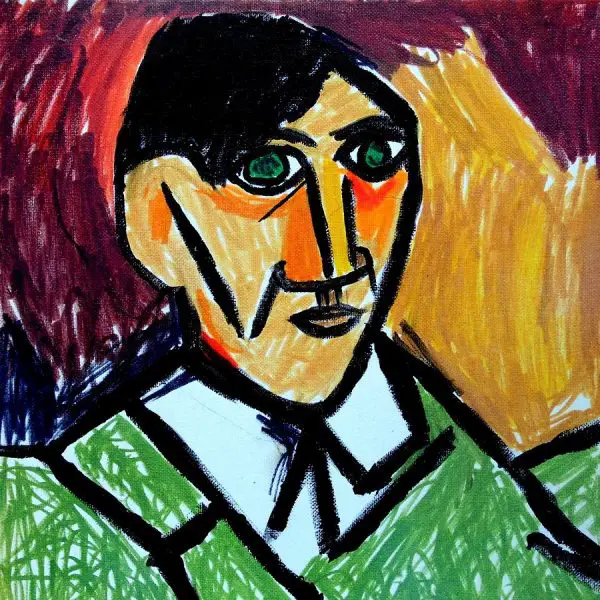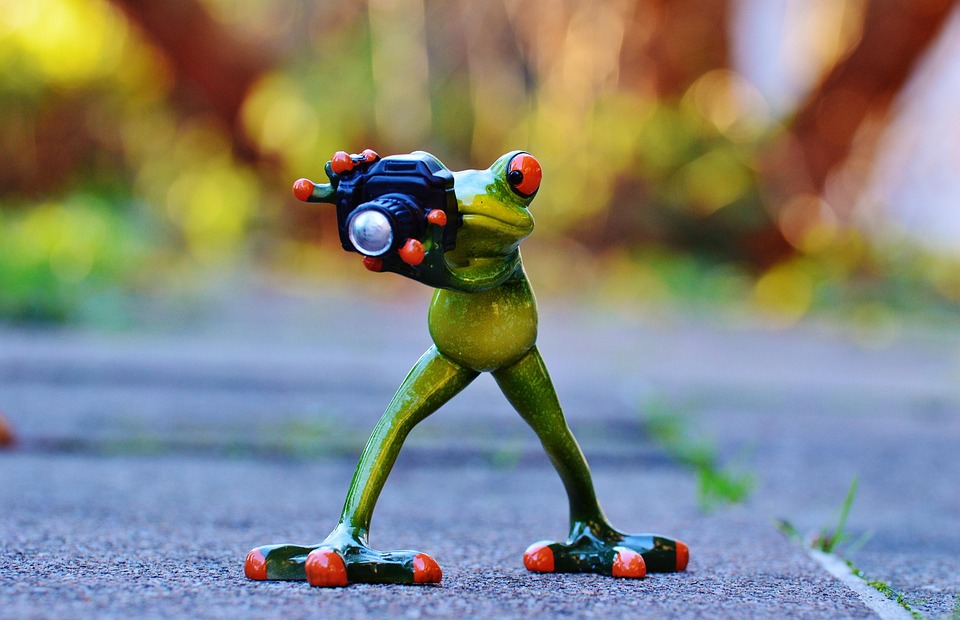When you think of art, who comes to mind? Is it Vincent van Gogh with his starry nights or perhaps Claude Monet with his water lilies? However, one name that stands out, perhaps more than any other, is Pablo Picasso. He was not just an artist; he was a visionary who reshaped the world of art with his revolutionary ideas and styles. How well do you know him? Here is an intriguing challenge: Can you name five distinct art styles that he pioneered or significantly influenced? If you can’t, don’t worry. Let’s uncover some fascinating, lesser-known facts about the genius behind the brush that may surprise you.
1. Early Genius: Prodigy in the Making
Pablo Picasso was born on October 25, 1881, in Málaga, Spain. His father was an art teacher, and by age seven, Picasso was already showing exceptional talent. He completed his first painting, “Le picador,” at the tender age of nine. The artistry demonstrated in this early work foreshadowed a lifelong passion for creative expression. By the time he turned thirteen, he was enrolled in a prestigious art school in Barcelona, where he quickly outshone his peers.
2. The Blue Period: An Artistic Melancholy
Beginning around 1901, Picasso entered a phase known as the Blue Period, characterized by shades of blue and green and a somber, introspective tone. Influenced by the suicide of his close friend, this phase explored themes of poverty, isolation, and despair. Paintings like “The Old Guitarist” capture the essence of melancholy, showcasing not only his technical prowess but also his deep emotional intelligence.
3. The Rose Period: A Shift to Warmth
The Blue Period transitioned into the Rose Period, spanning from 1904 to 1906. In stark contrast to his earlier works, Picasso injected warmth and vibrancy into his paintings, utilizing hues of pink and orange. This period was inspired by his romantic involvement with Fernande Olivier and was marked by themes of circus performers, acrobats, and harlequins, reflecting a more optimistic outlook on life.
4. Co-Founder of Cubism: A Revolutionary Movement
Pablo Picasso, alongside Georges Braque, co-founded Cubism, an avant-garde movement that shattered traditional perspectives in art. By breaking objects down into geometric shapes and reassembling them in abstract forms, they encouraged viewers to explore multiple viewpoints within a single work. The iconic painting “Les Demoiselles d’Avignon” exemplifies this groundbreaking technique, leaving an indelible mark on modern art.
5. Artistic Versatility: More than Just a Painter
While he is renowned as a painter, Picasso’s artistry transcended a singular medium. He dabbled in sculpture, ceramics, printmaking, and stage design. His multifaceted creativity allowed him to experiment and innovate across various domains, making him a true polymath. For example, his sculptures crafted from everyday objects, such as “Guitar,” revolutionized the concept of three-dimensional art.
6. Political Activism: Art as Protest
Picasso also utilized his art to comment on political issues, most notably the Spanish Civil War. His most famous work, “Guernica,” was created in response to the bombing of the Basque town. This monumental painting not only critiques the brutality of war but also serves as a timeless symbol of anti-war sentiment. The striking monochromatic palette and distorted figures evoke profound emotional reactions, solidifying its status as a masterpiece.
7. Love and Legacy: A Life of Relationships
Throughout his life, Picasso had a tumultuous series of romantic relationships that both influenced and inspired his work. From Fernande Olivier to Dora Maar and later Françoise Gilot, these women became muses for various artistic periods. Each relationship brought different emotional dynamics, which directly reflected in his art. Even after their parting, Picasso often maintained a complicated yet deep connection with these figures, showcasing the intertwining of his love life and artistic evolution.
8. Prolific Output: An Endless Stream of Creativity
One cannot discuss Picasso without mentioning his staggering body of work. Over his lifetime, he produced approximately 50,000 pieces, including paintings, drawings, sculptures, ceramics, prints, and textiles. This extraordinary output illustrates his relentless drive and passion for creation. It begs the question: Can you imagine the depth and breadth of artistic expression he contributed to the world?
9. The Influence on Contemporary Art: A Lasting Impact
Picasso’s impact on contemporary artists and movements is immeasurable. His radical approaches influenced the Abstract Expressionists, Surrealists, and even modern contemporary art. Many artists today cite him as a primary source of inspiration, emphasizing the enduring relevance of his innovative spirit. His ability to transcend styles and embrace change serves as a lesson for aspiring artists.
10. An Unconventional Lifestyle: The Free Spirit
Lastly, Picasso’s lifestyle was as colorful and unconventional as his art. He famously proclaimed that art is a lie that brings us closer to the truth. He thrived in Paris’s bohemian culture, often exploring avant-garde ideas through lifestyle choices, attire, and even friendships with other radicals of his time. His charisma and passion for life made him not only a genius on canvas but also a fascinating figure in the annals of art history.
In conclusion, Pablo Picasso was a titan of creativity whose indomitable spirit reshaped the landscape of art forever. His life and work create a tapestry rich with emotional depth, showcasing not just the evolution of a brilliant artist but also the profound connections between art and humanity. As we ponder these interesting facts, it’s worth reflecting: What will your creative legacy be?









